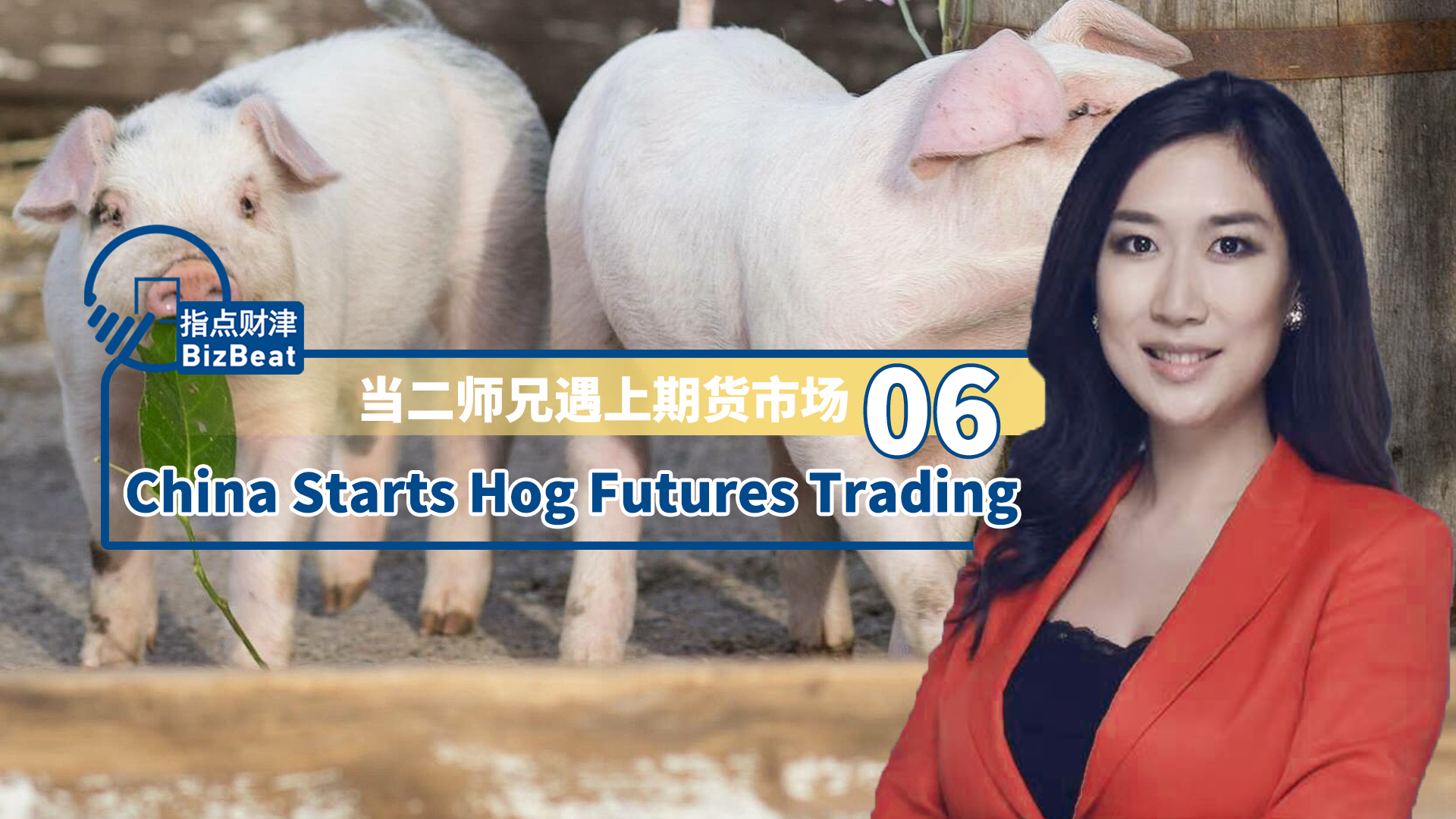01:48

Live pig futures are starting to trade today on China's Dalian Commodity Exchange, after being under discussion for more than a decade. China produces about half of the world's live hogs and is now the second market globally to trade live pig futures after the United States.
So why hog futures?
Chinese farmers have been suffering from "pig cycles" – fluctuation of pork prices due to demand and supply changes. The large volatility of pork prices has caused a great deal of uncertainty for hog producers, especially after the arrival of African swine fever in 2018, killing millions of hogs and sent pork prices to record highs. Many have said that they would welcome a futures contract as a hedging tool.
So how exactly does it work?
For example, a large hog producer can short the hog futures when they have large livestock in hand. If the price of pork drops, they lose money on their livestock but make money on shorting the pig futures and vice versa. It stabilizes their income.
Here are some fun facts about live pig futures. At 16 tons per lot, the live hog contract size will be around 135 live pigs.
Quality matters. Delivery standards require pigs to have a lean hog appearance. They have to be able to walk naturally, free of hernia, no lumps and bumps on their skin, and no abnormal breathing.
Size matters too. They cannot be too fat or too skinny. The average weight of pigs needs to be between 100 to 120 kilograms – nice to know that not only humans need to be in shape.

